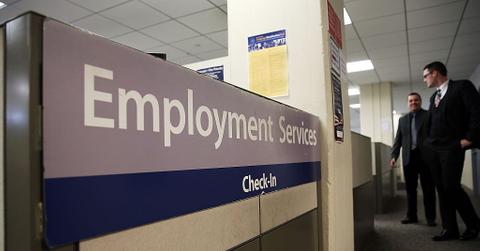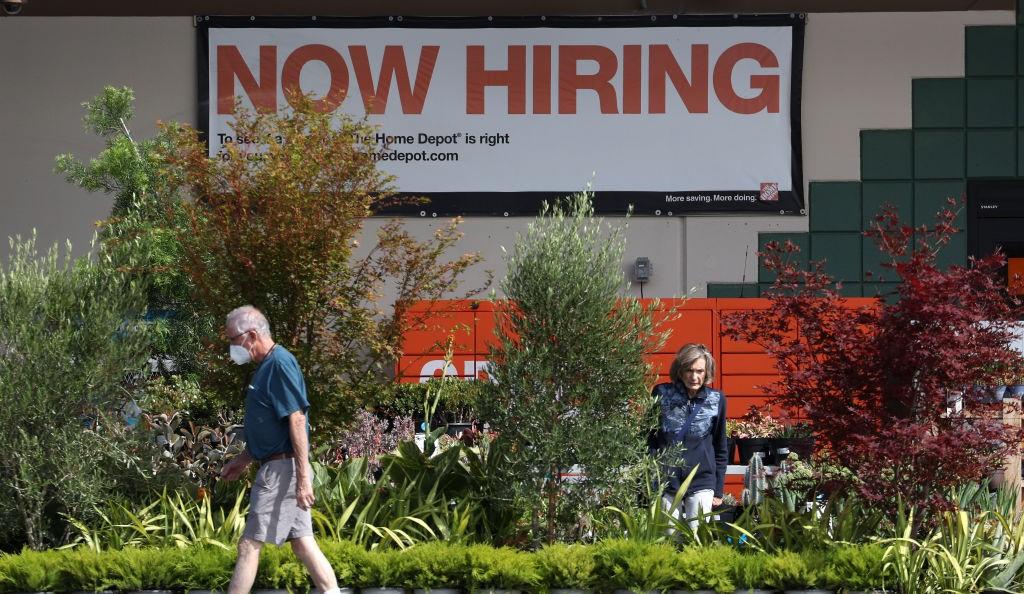Will Unemployment Rates Rise More and Spark an Official Recession?
The unemployment rate is slowly rising. Will it ramp up enough to spark an official recession? Let's discuss the latest economic outlook.
Sept. 2 2022, Published 12:20 p.m. ET
U.S. unemployment rose in August to 3.7 percent, according to the Department of Labor. While the latest jobs report does show a hopeful boost in new hires, rising unemployment rates are a concern for Americans.
From layoffs to postponed hiring, will the unemployment rate continue to rise? Could the unemployment rate be the tipping point for an official recession?
The August jobs report shows rising unemployment.
As of the August jobs report, 3.7 percent of Americans who are capable of work are unemployed. This is a marginal boost from the previous month, but a boost nonetheless. The report states, “Among the unemployed, the number of permanent job losers increased by 188,000 to 1.4 million in August. The number of persons on temporary layoff was virtually unchanged at 782,000.”
Could rising unemployment stall higher interest rates?
The Federal Reserve has been under pressure to impose another federal interest rate hike of 75 basis points (or 0.75 percent). However, higher unemployment could incentivize Fed Chair Jerome Powell to stall to avoid the risk of collapsing into a full-fledged recession. Higher unemployment could mean cooled consumer spending, which could potentially reduce inflation.
Citizens co-head of global markets Eric Merlis told reporters, "This gradual cooling off of the overheated labor market may be just what the U.S. economy needs to help ease inflation pressure.” He added, “The Fed should be encouraged by the increased labor force participation rate and the one-tenth drop in hourly earnings.”
Higher unemployment rates could spark an official recession — here's why.
Despite plenty of chatter about a potential looming recession, certain elements remain off-kilter. A massive amount of available jobs and continuously strong hiring rates juxtapose the traditional recessionary atmosphere. Meanwhile, unemployment rates over the last year have generally trended downwards.
Higher unemployment rates could spark the official recession many experts have been uncomfortably awaiting.
The reality is that unemployment rates don’t need to rise much in order to match up with previous recessions in U.S. history. In the last 50 years, the lowest level of unemployment at the start of a recession was 4.7 percent.
Plus, layoffs tend to be contagious and could ramp up quickly once they get going in various industries (already, the tech sector has felt the sting of layoffs).
Will unemployment rates continue to rise?
Unemployment rates are in a tricky place. Powell must perform a balancing act for upcoming rate hike decisions in order to avoid widespread surges in unemployment.
Meanwhile, certain demographics could feel the pang of heightened unemployment before others. According to reporter Ben Casselman, “The unemployment rate for Black workers rose four-tenths of a percentage point, to 6.4 percent. That is exactly double the rate for white workers, which ticked up a tenth of a point to 3.2 percent. Employment fell among Black workers, while rising for white workers.”
The jobs report details remote work statistics, which have lowered to 6.5 percent from 13.4 percent this time last year. More in-person commitments could also play a role in heightened unemployment rates.


